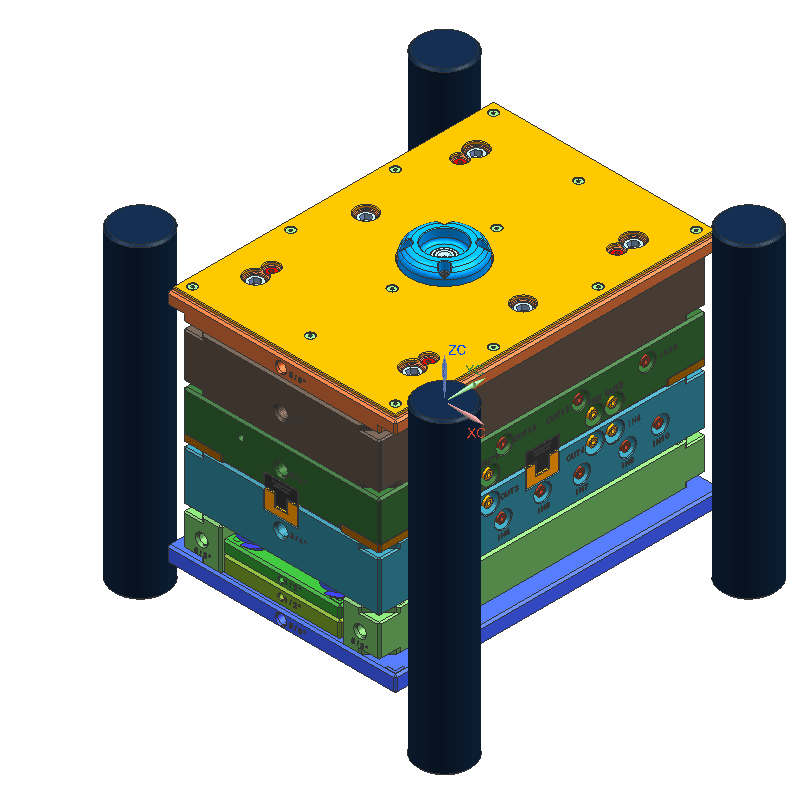At Toolingsun, we understand the crucial role that Design for Manufacturing (DFM) plays in achieving production efficiency, cost reduction, and high-quality outcomes in plastic injection molding. No matter the size of the project, incorporating DFM principles from the earliest stages can significantly improve the overall design and manufacturing process. Our expertise in DFM enables us to optimize plastic injection molding designs, transforming them from “acceptable” to truly outstanding.
In this guide, we’ll explore how applying DFM best practices to plastic injection molding can help you refine your product design, minimize defects, and ensure that the final component meets all required specifications. Specifically, we’ll focus on key design areas to optimize for injection molding, covering some of the common challenges faced in DFM and offering practical solutions to ensure a smoother, more cost-effective manufacturing process.
The Challenges of Applying DFM to Plastic Injection Molding
Plastic injection molding is a highly versatile process, but it comes with its own set of challenges, especially when it comes to DFM. One of the major hurdles is the wide variety of plastics available for injection molding. Each resin type has unique characteristics, such as differing thermal properties, chemical resistance, and shrinkage rates. This requires designers to understand and navigate these material properties while maintaining the design integrity and functionality of the final product.
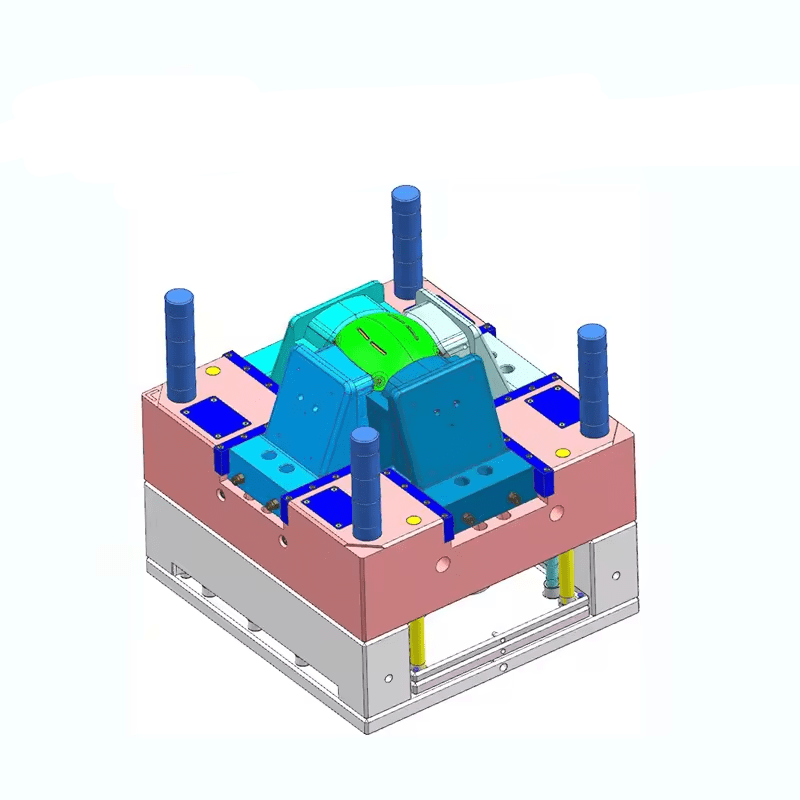
One of the primary concerns when designing for injection molding is the effect of heat during the injection process. Thermal stresses caused by cooling rates can lead to defects such as warping, uneven surfaces, or weak spots in molded parts. This is why careful consideration of thermal management throughout the design phase is critical to achieving high-quality results.
Design for Manufacturing Guidelines for Plastic Injection Molding
While every design project is unique, there are certain best practices that can help ensure your design is optimized for plastic injection molding. These guidelines, developed from decades of industry experience, are tried-and-true methods that have been proven to improve manufacturability, part quality, and overall process efficiency.
1. Optimizing Boss Design
Bosses are critical features in many plastic injection molded parts. They serve as the point of engagement for screws or other fasteners that join two parts together. However, bosses are prone to thermal stresses due to their mass, which cools at a different rate than surrounding material. To mitigate these stresses, follow these guidelines:
- Incorporate a radius at the base of the boss, sized between 25% and 50% of the wall thickness.
- Attach the boss to an adjacent external wall with a reinforcing rib.
- Use gussets to strengthen the base in high-stress applications.
- Limit the height of the boss to no more than three times its outer diameter.
- Apply a small draft angle (around ½°) on the outside of the boss.
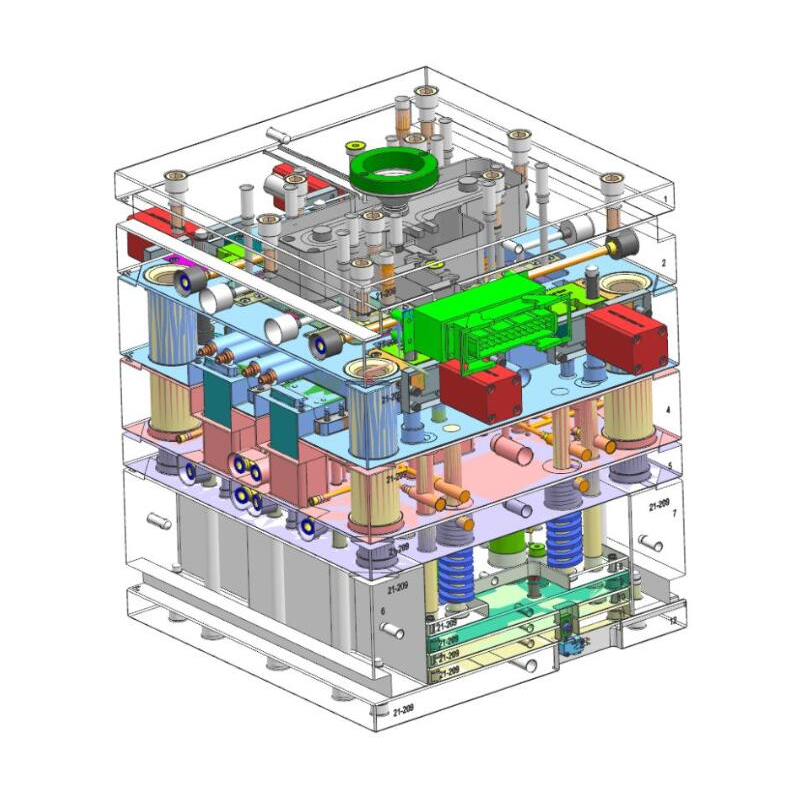
2. Ribs and Gussets for Strength
Ribs are used to increase the stiffness of a part without adding significant mass, while gussets serve to support structural elements. However, improper rib and gusset design can lead to part defects. Key design principles include:
- Keep the rib thickness to no more than 50% of the wall thickness.
- Apply a radius at the base of the rib, again between 25% and 50% of the wall thickness.
- Limit the height of the rib to no more than three times the wall thickness.
- Ensure adequate draft angles on ribs to ease the molding process.
Gussets should be designed using the same rules as ribs, ensuring they strengthen the base without interfering with the rest of the part’s design.
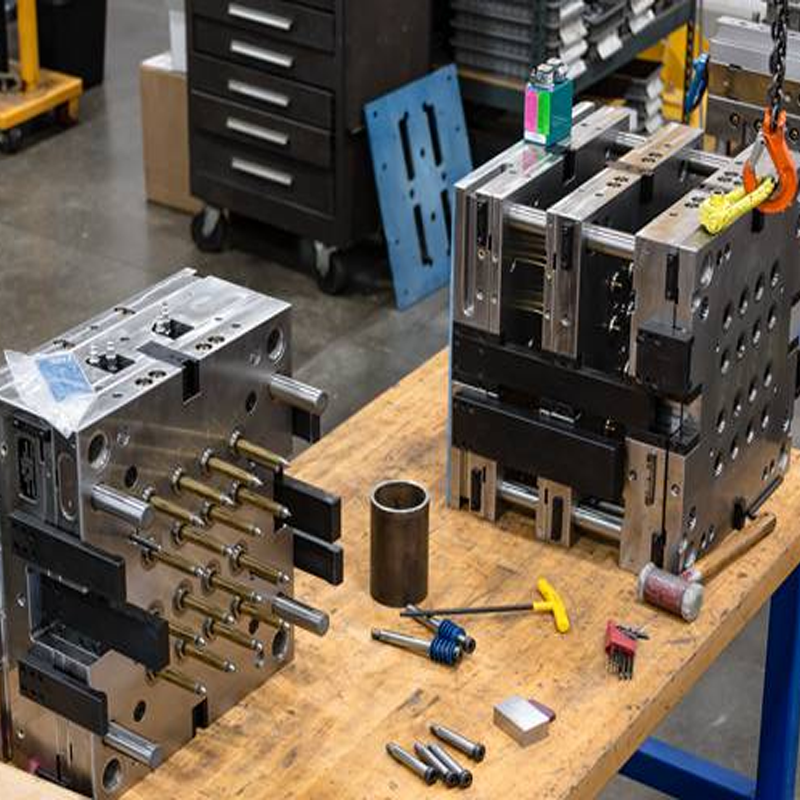
3. Avoiding Sharp Corners
Sharp internal or external corners can result in high-stress concentrations, which may lead to cracking or premature failure of the part. To reduce stress concentrations, opt for radiused corners instead of sharp angles:
- The inside radius should be at least 50% of the wall thickness.
- The outside radius should be equivalent to the inside radius and wall thickness.
4. Draft Angles for Easy Demolding
Draft angles play a critical role in the ease with which parts are ejected from the mold. They reduce friction between the mold and the part, ensuring smooth release and preventing damage. The following guidelines help ensure that parts are easy to eject:
- A minimum clearance of ½° is recommended, with 1° being ideal for most applications.
- For rough surface textures, larger draft angles may be necessary.
- Use right-angle inserts inside the mold for true 90° walls.
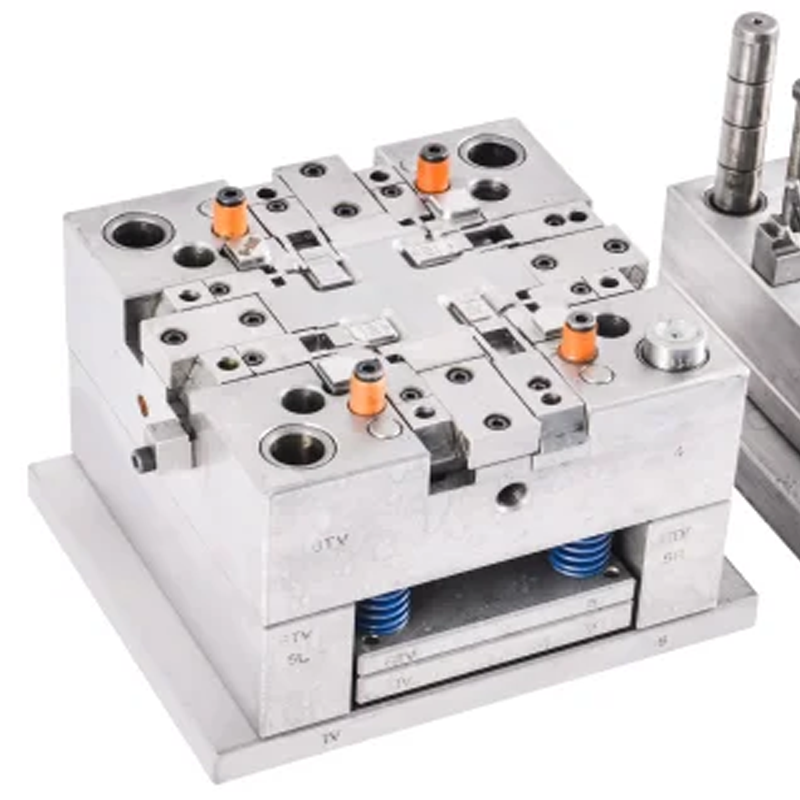
5. Proper Ejector Pin Design
Ejector pin design can affect both the quality and cost-effectiveness of the injection molding process. It’s essential to distribute the ejector forces evenly to avoid damage to the part. For parts with thin features, special care is needed to avoid breakage during ejection.
- Place ejector pins in unobtrusive locations to minimize visual defects from ejector pin marks.
- Consider using stripper plates instead of ejector pins for certain part shapes to reduce marks.
6. Strategic Gate Placement
The gate is where molten resin enters the mold cavity. Proper gate placement is crucial for ensuring even material flow, avoiding defects like weld lines and air traps. Here are best practices for gating:
- Position gates to fill thicker sections of the mold before thinner ones.
- Use multiple gates if necessary to ensure even material distribution.
- Hide gate witness marks in the design to maintain part aesthetics.
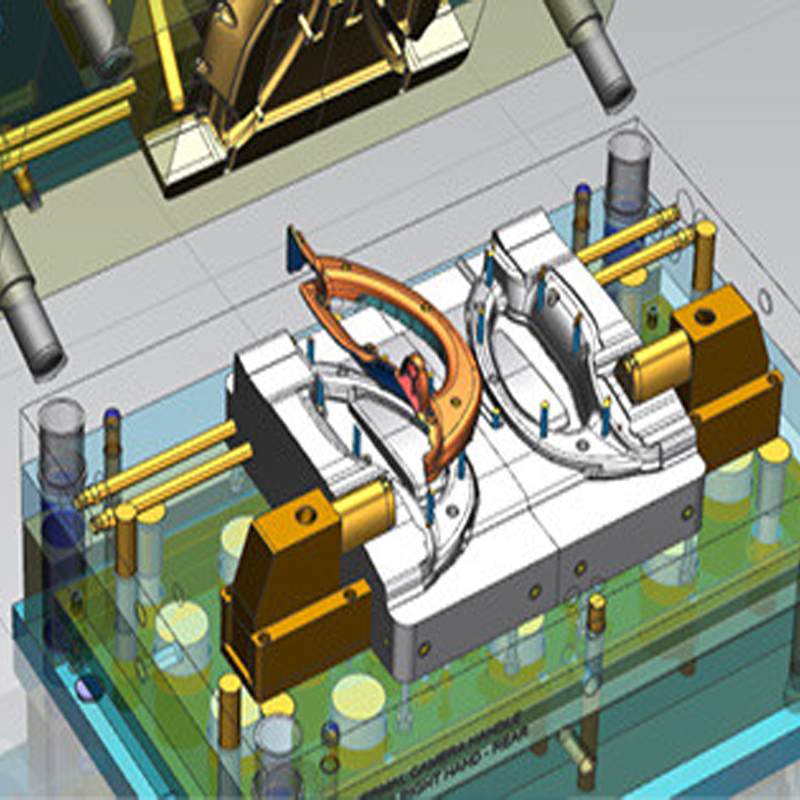
7. Managing Holes and Cores
When designing holes in injection-molded parts, particularly for blind or through holes, the depth-to-diameter ratio must be carefully considered to avoid deformations caused by high pressure and temperature.
- For blind holes, maintain a depth no greater than twice the hole diameter.
- For through holes, ensure a length-to-width ratio of up to 4X.
- Allow for at least 2X the wall thickness between adjacent holes or holes and the part edge.
8. Parting Lines and Surface Texture
The parting line is where the mold tool halves separate. This line can sometimes appear on the molded part, so it’s essential to design the part in such a way that the parting line is either hidden or incorporated aesthetically into the design. For textured surfaces:
- Increase the draft angle with increased texture depth.
- Taper textures at the edges to facilitate smooth ejection.
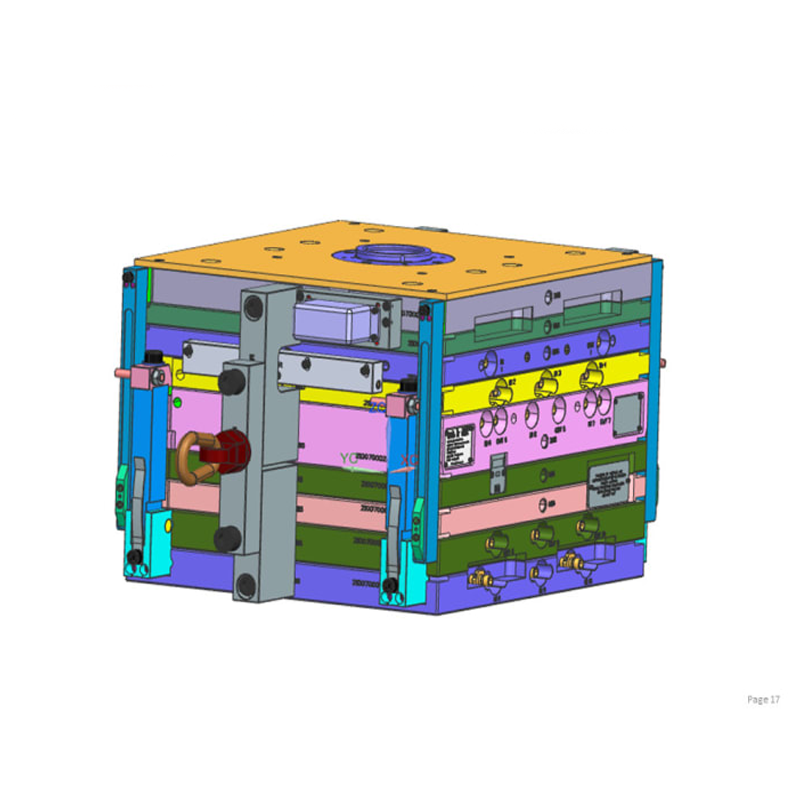
9. Shrinkage Considerations
Plastic resins experience shrinkage as they cool and solidify. Variations in shrinkage can cause warping or dimensional inconsistencies, so controlling shrinkage is a vital part of the design process.
- Maintain uniform wall thicknesses where possible.
- Use transition zones between thick and thin sections with a 3:1 ratio to avoid stresses.
Working with Toolingsun for DFM Success
Design for Manufacturing (DFM) is an essential tool for improving the efficiency and quality of plastic injection molding. At Toolingsun, we take pride in providing our clients with comprehensive DFM support, ensuring that each project benefits from optimized designs, reduced lead times, and fewer production issues. Our expert engineers work closely with your team to refine your designs and implement best practices that ensure your product is cost-effective, manufacturable, and of the highest quality.
Contact us today to discuss how we can help optimize your plastic injection molding designs through DFM principles, tailored specifically to meet your needs. Our experienced team is ready to provide practical solutions to meet your product development goals and deliver exceptional results.

